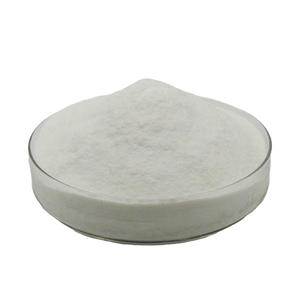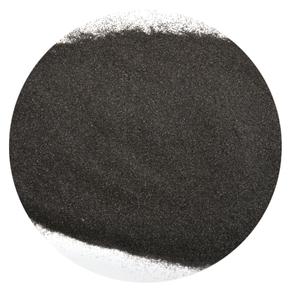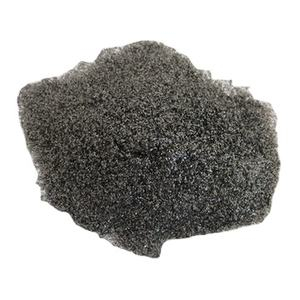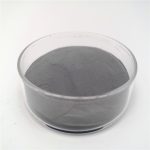Professional and high-quality metal alloys, ceramic products and concrete additives | RBOSCHCO
PRODUCT PARAMETERS
Description
Overview of Antimony Tin Oxide (ATO) Powder
Antimony Tin Oxide (ATO) powder, an one-of-a-kind substance with a variety of industrial applications, attracts attention for its outstanding optical and electrical residential properties. This powder, made up of antimony and tin oxides, supplies a mix of conductivity and transparency, making it an invaluable product in numerous markets. Its capability to perform electrical energy while keeping openness to noticeable light offers it an unique benefit in different applications.
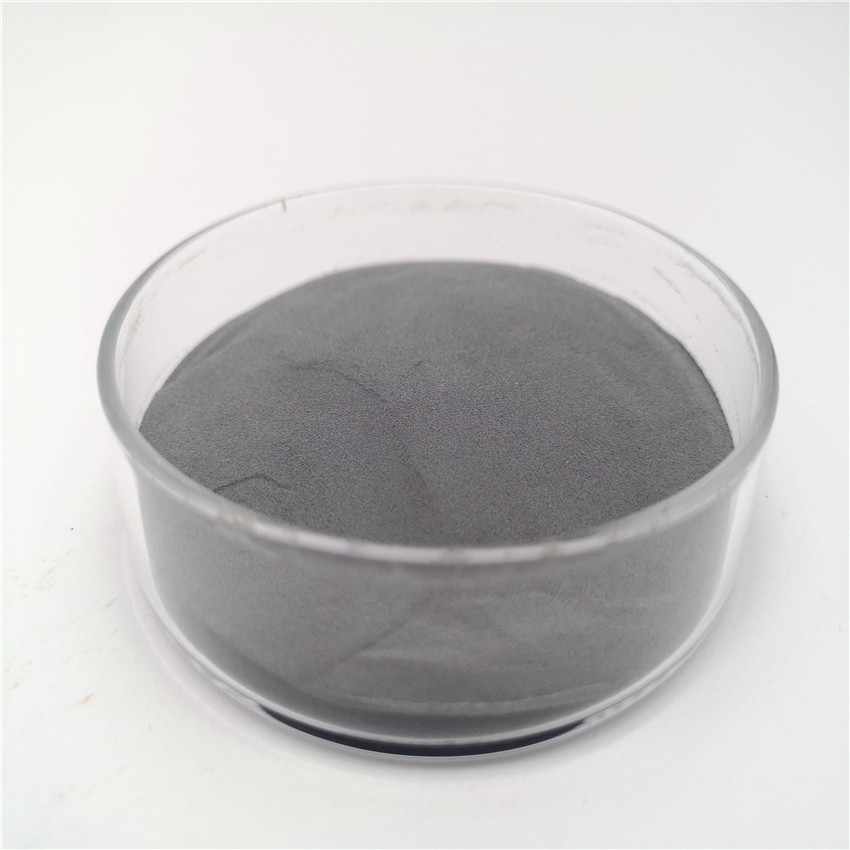
(Antimony Tin Oxide ATO Powder CAS 128221-48-7)
Characteristics of Antimony Tin Oxide (ATO) Powder
High Conductivity: ATO powder exhibits excellent electrical conductivity, making it suitable for use in electronic devices and components.
Transparency to Visible Light: Despite its conductivity, ATO powder remains transparent to visible light, allowing it to be used in optical applications without compromising clarity.
UV Resistance: The powder offers resistance to ultraviolet (UV) radiation, protecting against degradation from sunlight exposure.
Stability: ATO powder exhibits chemical stability, resisting corrosion and degradation in various environments.
Easy Processing: The powder is easy to process and can be integrated into various materials, including polymers, glasses, and ceramics.
Parameter table of Antimony Tin Oxide (ATO) Powder
| Antimony Tin Oxide ATO Powder Properties | |
| Other Names | ATO, antimony doped tin oxide, antimony-doped tin oxide, Sb-Sn-O, antimony stannate, tin antimonate, tin(IV) antimonate, CAS 12673-86-8, CAS 68187-54-2 |
| CAS No. | 128221-48-7 |
| Compound Formula | ATO |
| Molecular Weight | 444.23 |
| Appearance | Blue Powder |
| Melting Point | N/A |
| Solubility in water | Insoluble |
| Density | 6.8 g/cm3 |
| Purity | 99.90% |
| Particle Size | 30nm |
| Boling point | N/A |
| Specific Heat | N/A |
| Thermal Conductivity | N/A |
| Thermal Expansion | N/A |
| Young’s Modulus | N/A |
| Exact Mass | N/A |
| Monoisotopic Mass | N/A |
| Antimony Tin Oxide ATO Powder Health & Safety Information | |
| Safety Warning | Warning |
| Hazard Statements | H315-H319 |
| Flashing point | N/A |
| Hazard Codes | Xi |
| Risk Codes | 36/37/38 |
| Safety Statements | 26 |
| RTECS Number | N/A |
| Transport Information | UN 1549 6.1/PG 3 |
| WGK Germany | 3 |
Application of Antimony Tin Oxide (ATO) Powder
Electronics: ATO powder is used in the production of transparent conductive films for displays, touch screens, and solar cells.

Electronics
Windows and Glass Coatings: Its transparent conductivity makes it ideal for coating windows and glass panels, improving their energy efficiency.

Windows and Glass Coatings
Antistatic Applications: ATO powder is used in antistatic coatings to prevent the accumulation of static electricity on surfaces.

Antistatic Applications
Optical Devices: Its optical properties make it suitable for use in optical filters, sensors, and other devices.

Optical Devices
Coatings and Paints: ATO powder can be added to coatings and paints to provide enhanced conductivity and UV resistance.

Coatings and Paints
Production Method of Antimony Tin Oxide (ATO) Powder
1. Co-precipitation Method
Dissolve tin chloride (SnCl₄) and antimony chloride (SbCl₃) in water or an acid medium. Adjust pH with ammonia or sodium hydroxide to co-precipitate tin and antimony hydroxides. The precipitate is filtered, washed, dried, and calcined at 600–1000°C to form ATO powder.
2. Sol-gel Method
Prepare a homogeneous solution of tin and antimony alkoxides (e.g., tetrabutyltin, antimony triethoxide) in an organic solvent. Hydrolysis and condensation reactions form a gel, which is dried and calcined to obtain nanoscale ATO powder with high purity and uniform particle size.
3. Hydrothermal Synthesis
Mix tin and antimony salts with a mineralizer (e.g., NaOH) in a sealed autoclave. Under high temperature (150–250°C) and pressure, hydrothermal reactions directly synthesize crystalline ATO powder with controlled morphology and doping levels.
4. Spray Pyrolysis
Atomize a solution of tin and antimony nitrates into fine droplets. The droplets are rapidly heated in a furnace, causing solvent evaporation, decomposition, and oxidation to form ATO particles. This method allows scalable production with adjustable particle size.
5. Solid-state Reaction
Mechanically mix tin oxide (SnO₂) and antimony oxide (Sb₂O₃) powders, followed by high-temperature sintering (1000–1200°C) to form ATO via solid-state diffusion. Post-milling may be required to reduce particle size.
These methods vary in complexity, cost, and product quality, with hydrothermal and sol-gel approaches often yielding superior homogeneity and nanoscale properties.
Company Profile
RBOSCHCO is a trusted global chemical material supplier & manufacturer with over 12-year-experience in providing super high-quality chemicals and nanomaterials, including boride powder, nitride powder, graphite powder, sulfide powder, 3D printing powder, etc.
The company has a professional technical department and Quality Supervision Department, a well-equipped laboratory, and equipped with advanced testing equipment and after-sales customer service center.
If you are looking for high-quality Antimony Tin Oxide (ATO) Powder, please feel free to contact us or click on the needed products to send an inquiry.

Storage Condition of Antimony Tin Oxide (ATO) Powder
- Sealed Packaging: Use airtight containers (e.g., plastic bags, glass bottles) to prevent moisture absorption and oxidation.
- Dry Environment: Store in a dry area with relative humidity ≤40% and temperatures between 15–25°C. Desiccants can be added to absorb residual moisture.
- Contamination Avoidance: Isolate from strong acids, bases, and reducing agents to maintain purity and electrical conductivity.
- Stable Storage: Keep away from vibrations or physical stress that could cause particle agglomeration.
- Light/Heat Protection: Store in a shaded, cool location to avoid thermal degradation or photochemical reactions.
Payment Term
L/C, T/T, Western Union, Paypal, Credit Card etc.

Shipment Term
By sea, by air, by express, as customers request.
5 FAQs of Antimony Tin Oxide (ATO) Powder
Q1:
What are the key benefits of using Antimony Tin Oxide (ATO) powder?
Re: The key benefits of using Antimony Tin Oxide (ATO) powder include its high conductivity, transparency to visible light, UV resistance, and chemical stability. These features make it suitable for a wide range of applications, including electronics, windows and glass coatings, antistatic applications, optical devices, and coatings and paints.
Q2:
How is Antimony Tin Oxide (ATO) powder processed?
Re:Antimony Tin Oxide (ATO) powder is typically created via a chemical process including the reaction of antimony and tin substances. The resulting powder is then detoxified and refined to meet details high quality criteria.
Q3:
What are the safety considerations when handling Antimony Tin Oxide (ATO) powder?
Re: When managing Antimony Tin Oxide (ATO) powder, it is necessary to comply with security treatments to prevent breathing or contact with skin. The powder must be saved in a well-ventilated area, and ideal individual protective devices needs to be used during handling.
Q4:
How does Antimony Tin Oxide (ATO) powder compare to other conductive materials?
Re: Antimony Tin Oxide (ATO) powder offers a unique combination of conductivity and transparency, making it a favorable choice compared to other conductive materials. It offers higher conductivity than some other transparent conductive materials while maintaining good transparency.
Q5:
What are the potential applications of Antimony Tin Oxide (ATO) powder in the future?
Re: With its unique properties, Antimony Tin Oxide (ATO) powder has the potential to find new applications in emerging technologies. Future applications could include advanced displays, energy-efficient windows, and sensors for the Internet of Things (IoT). Continued research and development could expand the uses of ATO powder even further.
REQUEST A QUOTE
RELATED PRODUCTS
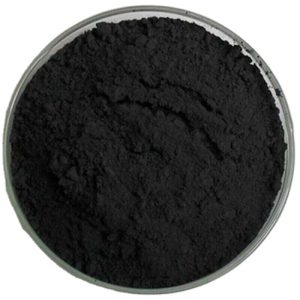
Factory Supply Manganese Dioxide CAS 1313-13-9
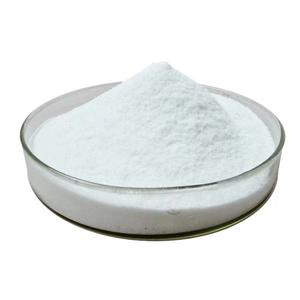
Cas 7446-07-3 99.99% 99.999% Tellurium Dioxide ( Oxide ) TeO2 Powder Price
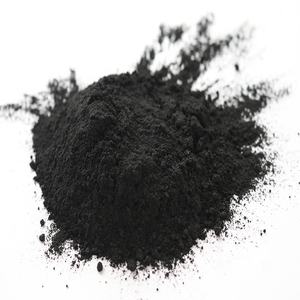
Multi-purpose 99% Fe3O4 Super Fine High Purity Fe Magnetite Iron Powder
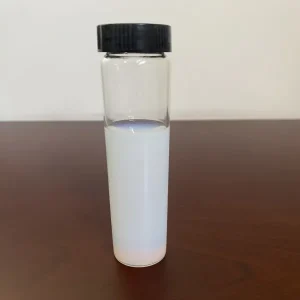
Solid Silica Dispersant TRMIBKSiOT10 High Quality Silica Nanoparticle Dispersion
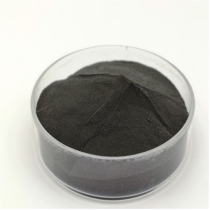
Nano Manganese Oxide Mn2O3 Powder ( Superfine Manganese Oxide Mn2O3 Nanoparticle Powder )
